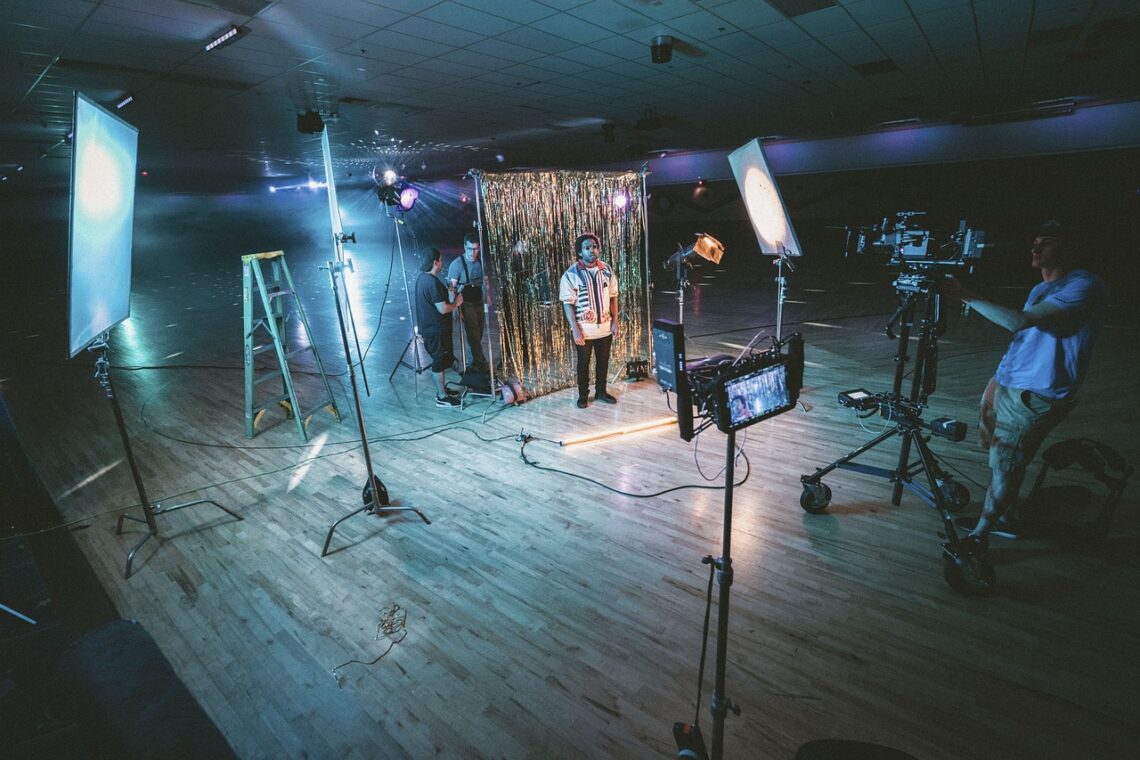
From Script to Screen: A Complete Guide to Video Production in 2024
Video production has become an essential skill for marketers, content creators, and storytellers. Whether you’re crafting a short film, a commercial, or a YouTube video, the process from script to screen involves several crucial steps. This guide will walk you through each stage of video production, providing tips and best practices to help you create compelling videos that captivate your audience.
1. Pre-Production: Planning and Preparation
Scriptwriting
Every great video starts with a solid script. This is where your story takes shape. Whether you’re telling a fictional tale or creating a tutorial, your script should have a clear structure: a beginning, middle, and end. Make sure to include dialogues, actions, and any special instructions for shots or effects.
Storyboard Creation
A storyboard is a visual representation of your script. It consists of drawings or images that outline each shot, helping you visualize the flow of your video. Storyboarding helps ensure that everyone on your team understands the vision and can anticipate the necessary shots and angles.
Location Scouting and Permits
Choosing the right location is critical. Whether you’re shooting in a studio or on location, consider the logistics, such as lighting, sound, and accessibility. If you’re filming in public or private spaces, make sure to secure the necessary permits to avoid legal issues.
Casting and Crew
Select your cast and crew carefully. Hold auditions to find the right actors for your roles. For the crew, choose experienced professionals who can handle camera work, lighting, sound, and other technical aspects. Clear communication with your team is vital to ensure everyone is on the same page.
2. Production: Bringing Your Vision to Life
Shooting Schedule
Create a detailed shooting schedule that outlines when and where each scene will be filmed. This helps keep the production on track and ensures that all necessary equipment and personnel are available.
Camera and Equipment
Choose the right camera and equipment based on your budget and project requirements. High-definition cameras, tripods, lighting kits, and microphones are essential for professional-quality videos. Ensure all equipment is tested and ready to go before shooting begins.
Filming
During filming, focus on capturing high-quality footage. Pay attention to framing, composition, and lighting. Use multiple takes to ensure you have plenty of options during editing. Remember to record ambient sounds and background noises to enhance the realism of your video.
Directing
As the director, your role is to guide the actors and crew to execute your vision. Provide clear instructions, offer feedback, and encourage creativity. Keep an eye on the continuity to ensure that scenes flow seamlessly together.
3. Post-Production: Editing and Finalizing
Editing
Editing is where your video comes together. Use video editing software to cut, splice, and arrange your footage. Add transitions, effects, and graphics to enhance the visual appeal. Pay attention to pacing to keep your audience engaged from start to finish.
Sound Design
Sound is a crucial element of video production. Clean up any background noise, adjust audio levels, and add sound effects and music to create a rich auditory experience. Consider hiring a sound designer if your project requires complex audio work.
Color Correction
Color correction ensures that your video has a consistent look and feel. Adjust the colors, contrast, and brightness to match the mood and style of your video. This step is especially important if you filmed in different lighting conditions.
Final Review
Before releasing your video, conduct a final review. Watch it multiple times to catch any errors or inconsistencies. Get feedback from others to ensure that your video meets the intended goals and resonates with your audience.
4. Distribution: Sharing Your Creation
Publishing Platforms
Choose the right platforms to share your video. YouTube, Vimeo, and social media sites are popular options for reaching a wide audience. Consider your target audience and the best platforms to engage them.
SEO and Metadata
Optimize your video for search engines by including relevant keywords in the title, description, and tags. This helps increase visibility and attract more viewers. Use engaging thumbnails and compelling descriptions to entice clicks.
Promotion
Promote your video through various channels, such as social media, email marketing, and collaborations with influencers. Engage with your audience by responding to comments and encouraging shares.
Conclusion
From script to screen, video production is a multifaceted process that requires careful planning, creativity, and technical skill. By following this complete guide, you’ll be well-equipped to create high-quality videos that tell your story and captivate your audience. Whether you’re a seasoned filmmaker or a beginner, each project is an opportunity to hone your craft and bring your vision to life.




